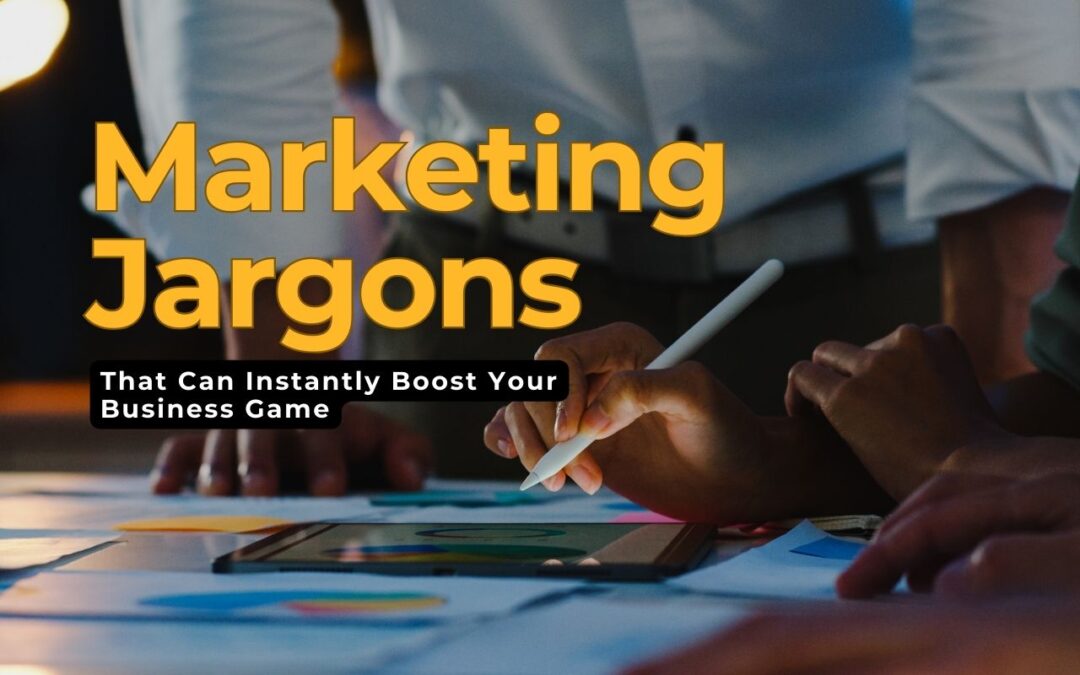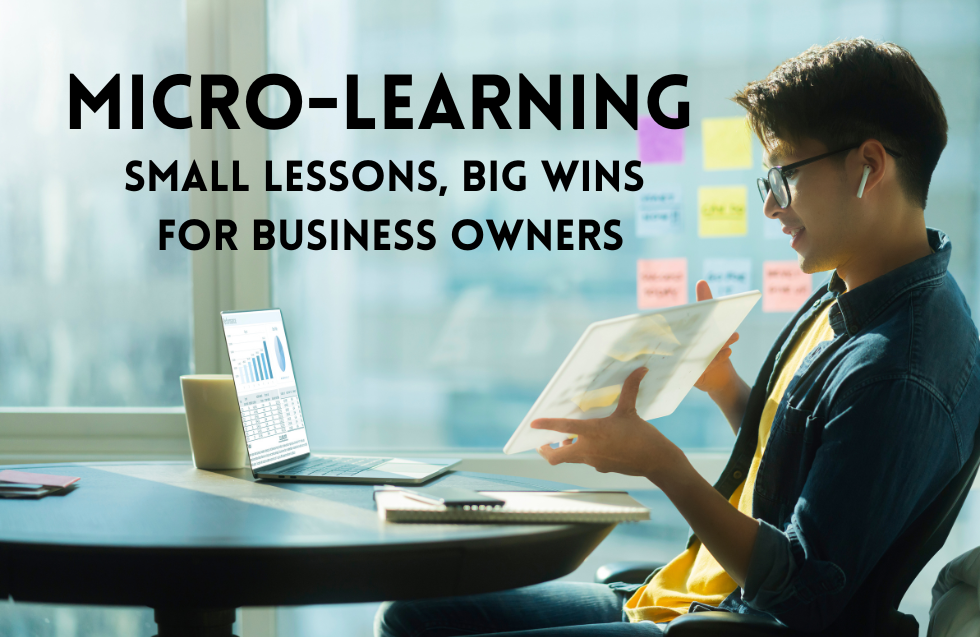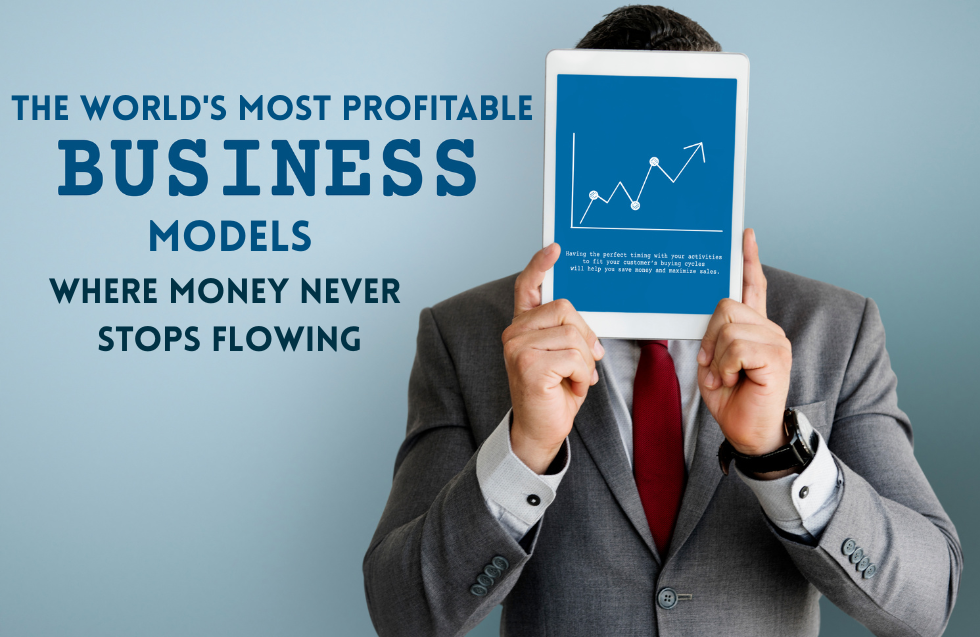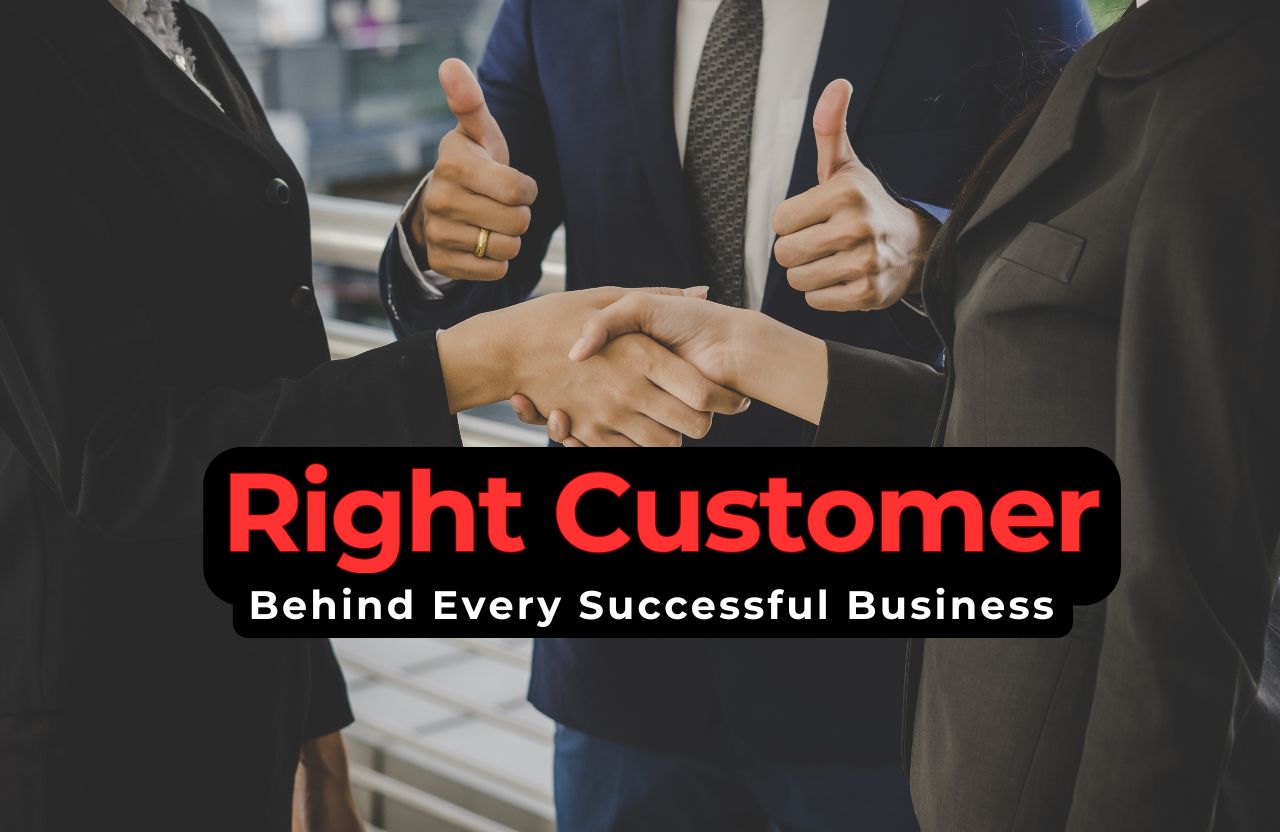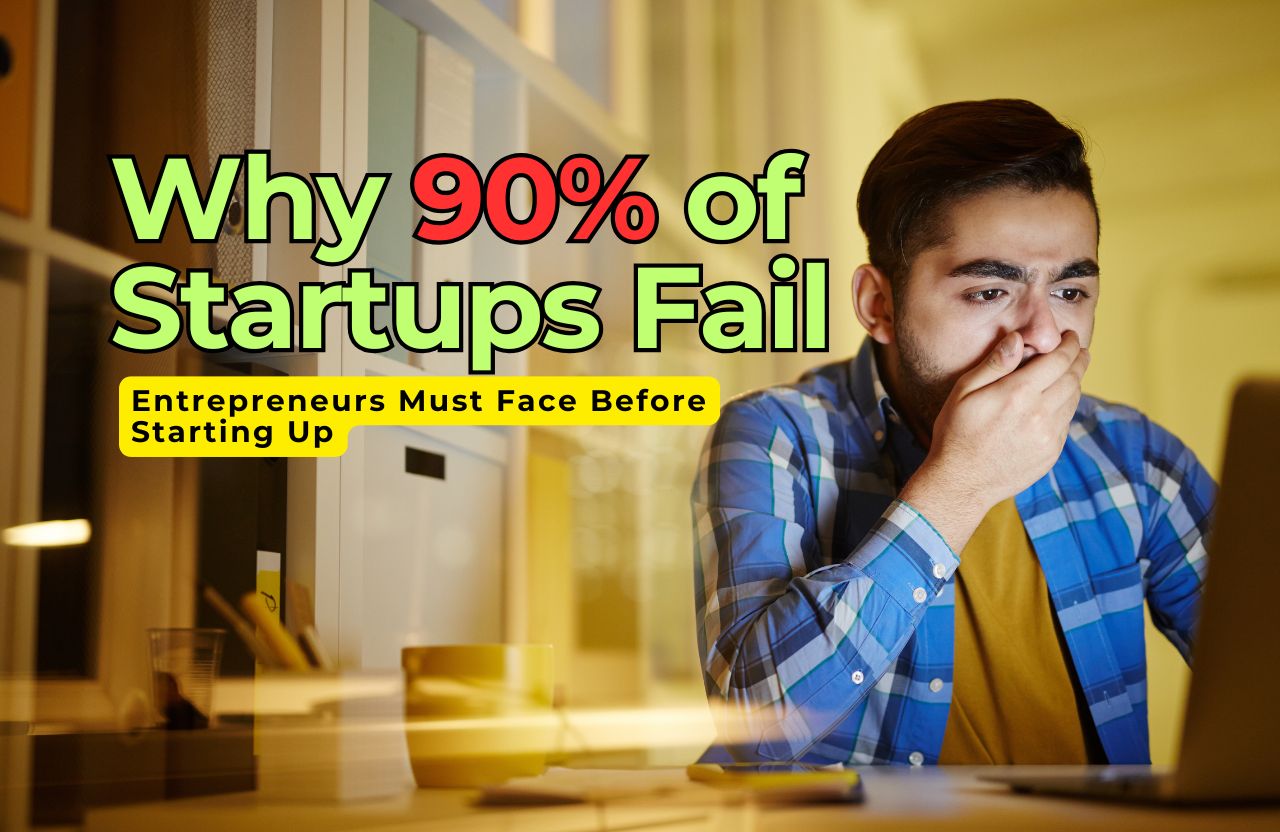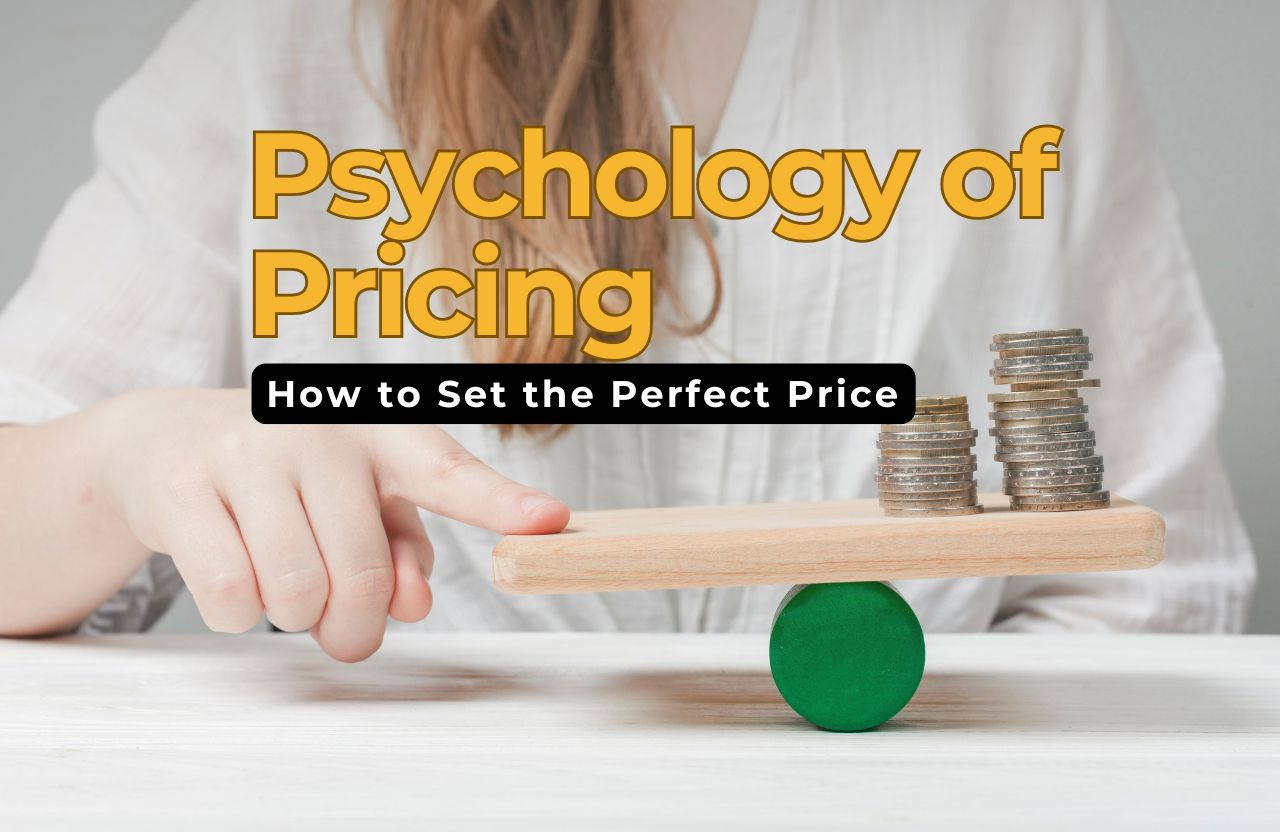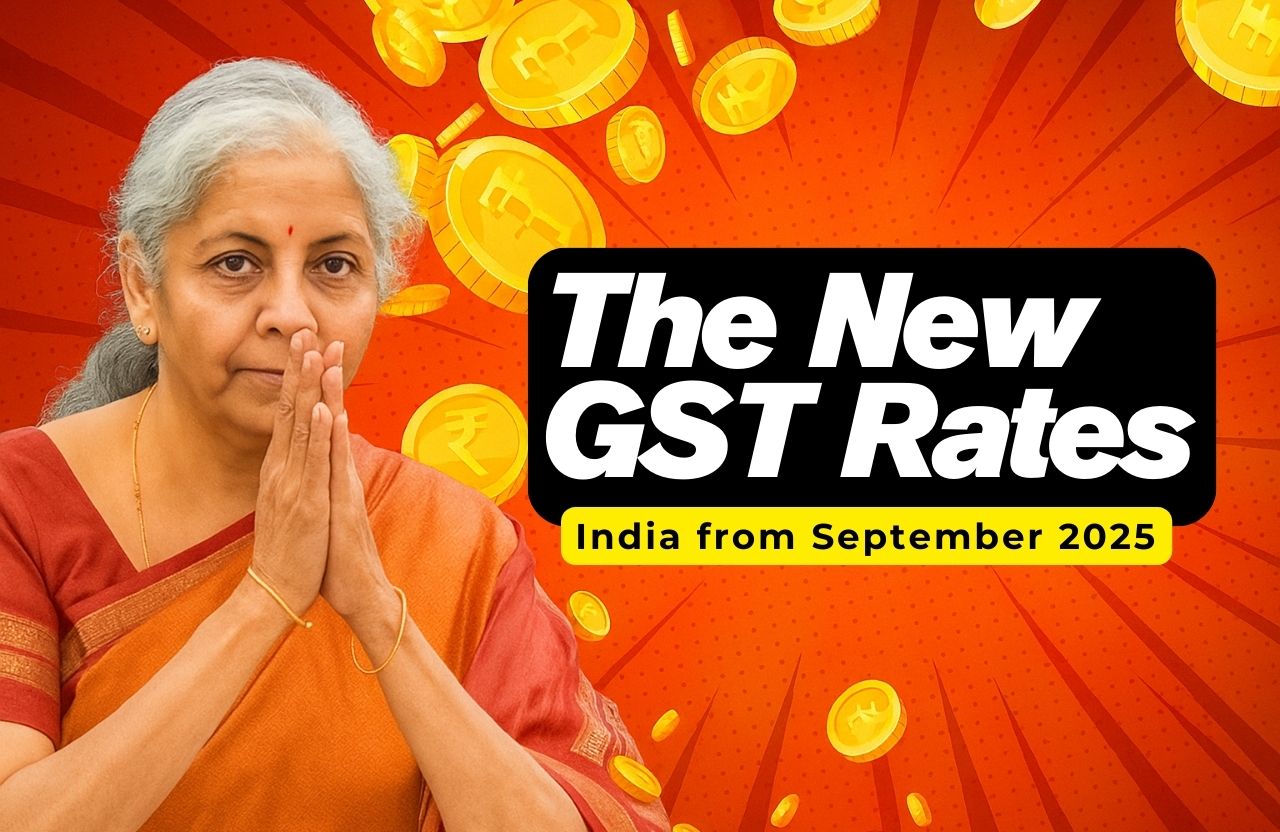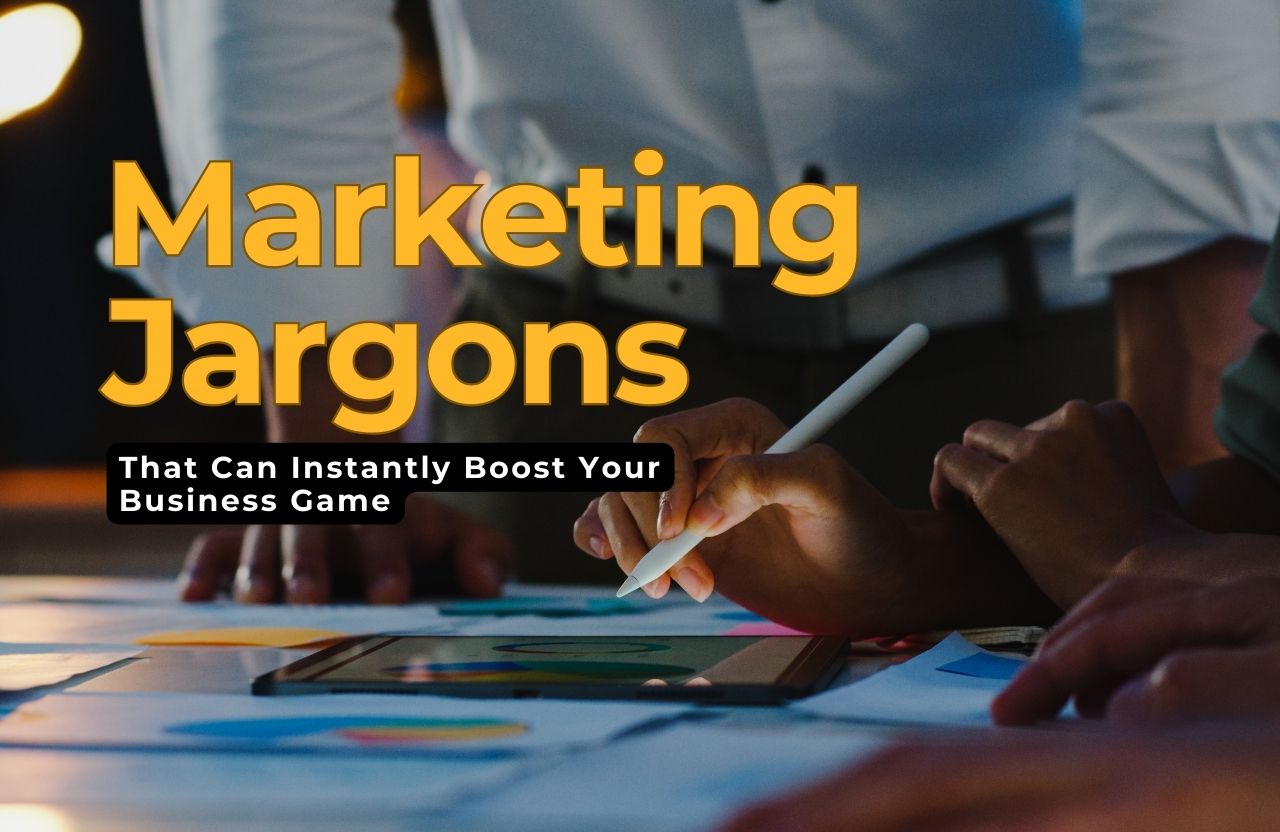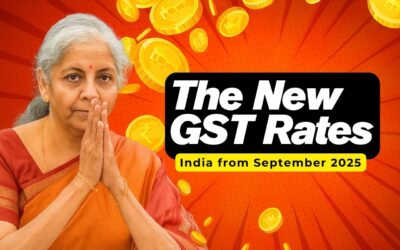The Marketing Jargons world never remains static. Every year, an updated toolkit, trend and strategies emerge that give brands the opportunity to connect with their publics. With these changes come a profusion of new nomenclature, some of it confusing but often used too liberally and yet, incredibly related to what can be achieved with the right application.
That’s where marketing jargons enters the picture. Anything but hollow buzzwords, these words have observations within them that can make your strategy sharper, improve communication with your team and keep you ahead of the competition.
In this article, we will explain the must-know marketing jargons of 2025 and demonstrate to you how they can immediately upgrade your business game.
1. Generative Engine Optimization (GEO)
GEO is the science and art of getting your content seen and heard in AI-driven search spaces like ChatGPT, Google’s SGE or Claude. It extends traditional SEO beyond optimizing for how search engines index, rank and serve up content. Strategies involve llms.txt files, AI-tailored metadata and tagged content to improve the likelihood of being included in AI-generated responses.
2. AI Optimization & AI-powered Content
AI is transforming marketing in real time from creating entire video ads that are completely AI driven to hyper personalizing campaigns with sophisticated predictive models. Marketers are looking for tools that are more outcomes-based and allow them to operate more effectively versus traditional human work-flows.
3. Affiliate Marketing
While affiliate marketing is still strong in 2025 has evolved into social commerce and video-first agreements, TikTok Shop and Instagram Shopping. Live Shopping experiences are providing performance based commissions (CPS) that create real world customer experiences especially in beauty, etc.
4. Engagement Marketing (Experiential)
Engagement marketing gives an opportunity for customers to be active participants in your brand story instead of simply observers. How customers participate can take forms such as pop-ups, virtual events or brand activations, the premise is to build proactive experiences that develop emotional engagement, connection and loyalty.
5. Personalized Marketing
Personalized marketing (or one-to-one marketing) represents the highest level of data analytics and algorithms to build messaging specific to the individual based on their interactions and preferences. This method intensifies relevance, engagement and loyalty.
6. Return on Marketing Investment (ROMI)
ROMI or Marketing ROI, measures the profit on marketing investment compared to what has been invested. As opposed to conventional ROI, ROMI views marketing as a risked cost rather than capital.
In 2025, ROMI continues to be at the core as marketers are compelled to account for campaigns in terms of concrete results.
7. AI Marketing (AI-Driven Strategies)
AI pervades all marketing channels ranging from email and content generation to ad targeting and visual suggestions. AI models such as GPT-3 and GPT-4 now drive predictive analytics that forecast consumer behavior and dispense highly targeted campaigns.
8. Escapism Marketing
The consumer’s demand for authenticity is being overtaken by their desire for fantasies. Fashion and Luxury brands are advancing into immersive or dreamlike stories, envisioning large campaigns that take their viewer into a “cinematic” experience. Fantasy, medieval and hypnotic experience will be the emotional hooks.
9. Interactive & Immersive Experiences
Marketing 2025 is not inert, it encompasses AR/VR, VSO (voice search optimization), immersive QR experience and sustainability-focused “programmatic green” ad tech. These formats encourage greater consumer engagement and convey ethical brand values.
10. Content Personalization in Streaming & Media
Streaming services are driving hyper-personalization with AI, metadata and cloud technology. Tailored FAST (Free Ad-Supported TV) channels, AI-made ad content and real-time personalization are the new weapons for increased viewer engagement and monetization.
Why These Jargons Matter for Your Business
| Term | How It Helps You |
| GEO | Facilitates visibility in AI-based searches and the future of discovery. |
| AI Optimization | Saves cost and accelerates campaigns with generated media and analytics. |
| Affiliate & Live Shopping | Increases conversions through authentic, interactive social commerce. |
| Engagement Marketing | Generates emotional commitment from immersive brand experiences |
| Personalization | Send the right messages resonating with individual customers. |
| ROMI | Lets you measure and justify marketing investment with fact-based insight. |
| Escapism Marketing | Hooks emotions and establishes your brand with narrative. |
| Interactive Formats | Engages today’s consumers with technology-forward experiences. |
| Media Personalization | Lengthens user engagement and unlocking improved ROI in media marketing. |
FAQs
1. Differentiate between Geo optimization (GEO) and SEO?
Old SEO is about ranking in search results based on keywords and backlinks. GEO is designed for showing up in AI-answered results by structuring content and metadata to be quoted by generative algorithms.
2. How can small companies actually implement these marketing buzzwords such as AI without big budgets?
Start with cost-effective AI, tools for automated ad creatives, email personalization and scheduling tools. These are scalable. Use the AI tools for high-impact tasks like predictive analytics and generative copy (text, video, audio or visual) to leverage efficiency.
3. Does personalized marketing go too far on privacy?
It can, if done carelessly. The secret is being transparent: request permission, anonymise data and set out why and how you’ll use it. When done fairly, personalisation fosters trust rather than shatters it.
4. How can I measure the success of escapism or immersive campaigns?
The metrics you can use show your consumers emotional engagement: session duration, engagement rates, social sharing and even brand sentiment research.
5. Are affiliate commissions and live shopping still a thing?
Yes, particularly in fields such as beauty, lifestyle and technology. With video-first consumption increasing, interactive commerce brings authenticity and conversions.
6. Do I focus on ROMI or other KPIs?
ROMI is a must since it measures marketing influence directly against profits. But it performs best in conjunction with measures such as CLV (Customer Lifetime Value), CTR and engagement rates for a complete picture.
Conclusion:
When we talk about business terms or marketing jargons, often we are talking about mechanisms that help justify methods for effectively managing individuals “product buying” behavior.
All of these concepts such as AI powered personalization or immersive engagement campaigns provide us with real-world applications or tactics that help us successfully connect with customers and gain differentiation in a crowded market.
If we are to amalgamate these principles and pursue objectives that take form from the ideas presented here, we should end up with a better user or brand experience, evaluate success more easily and make better real strategic business decisions that actually prove to be effective!
Which marketing jargons matters most to your business today? Let us k
